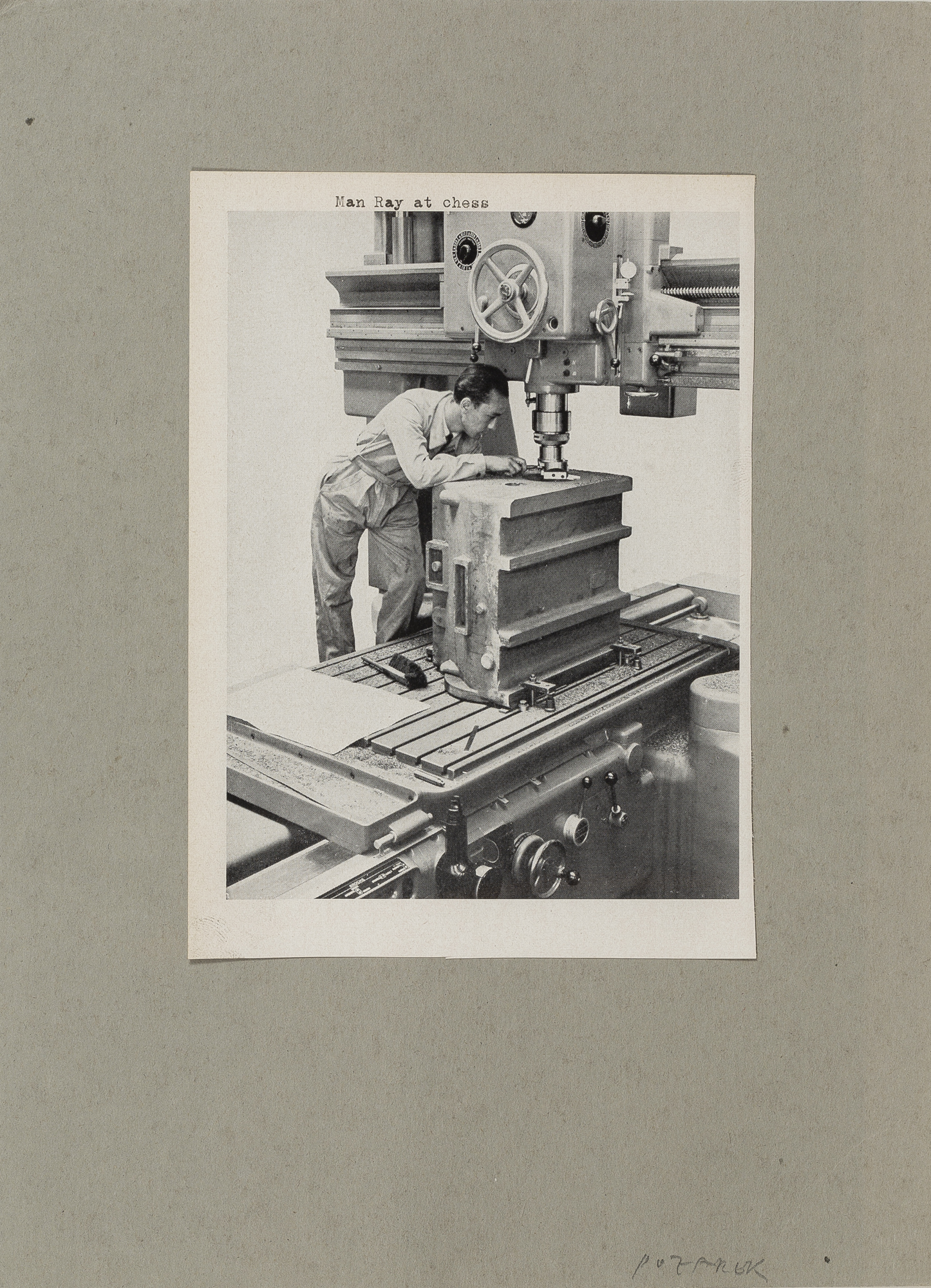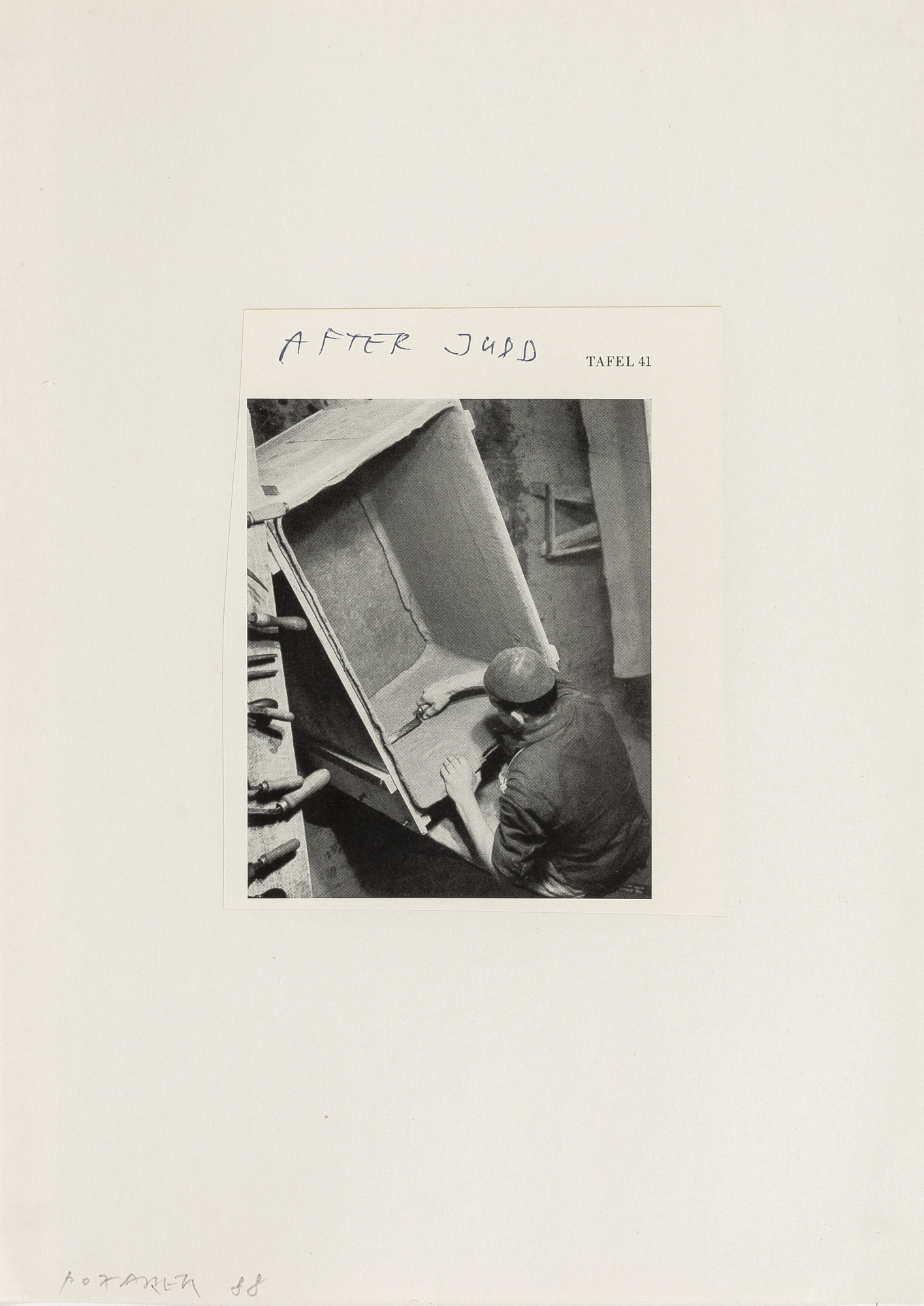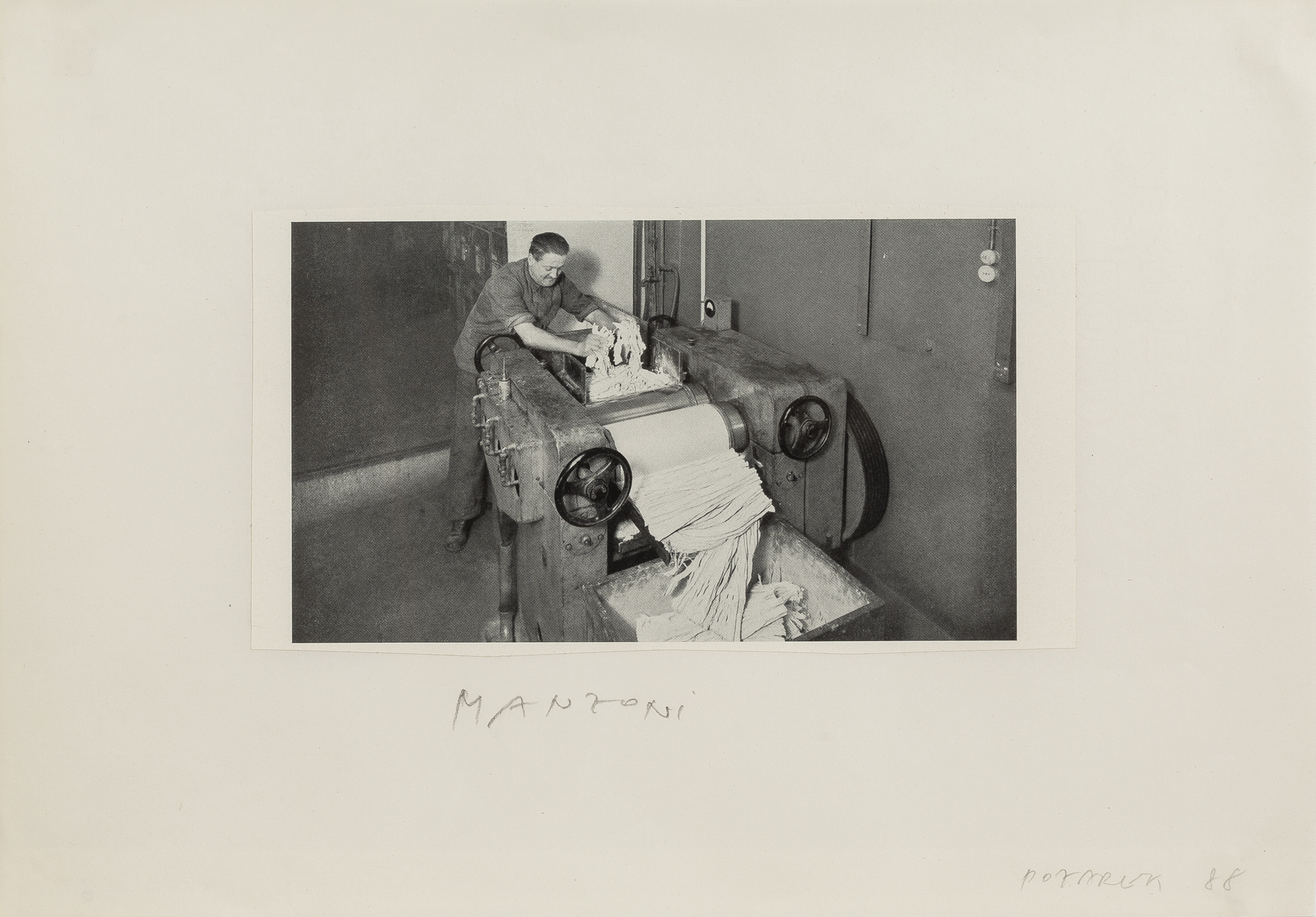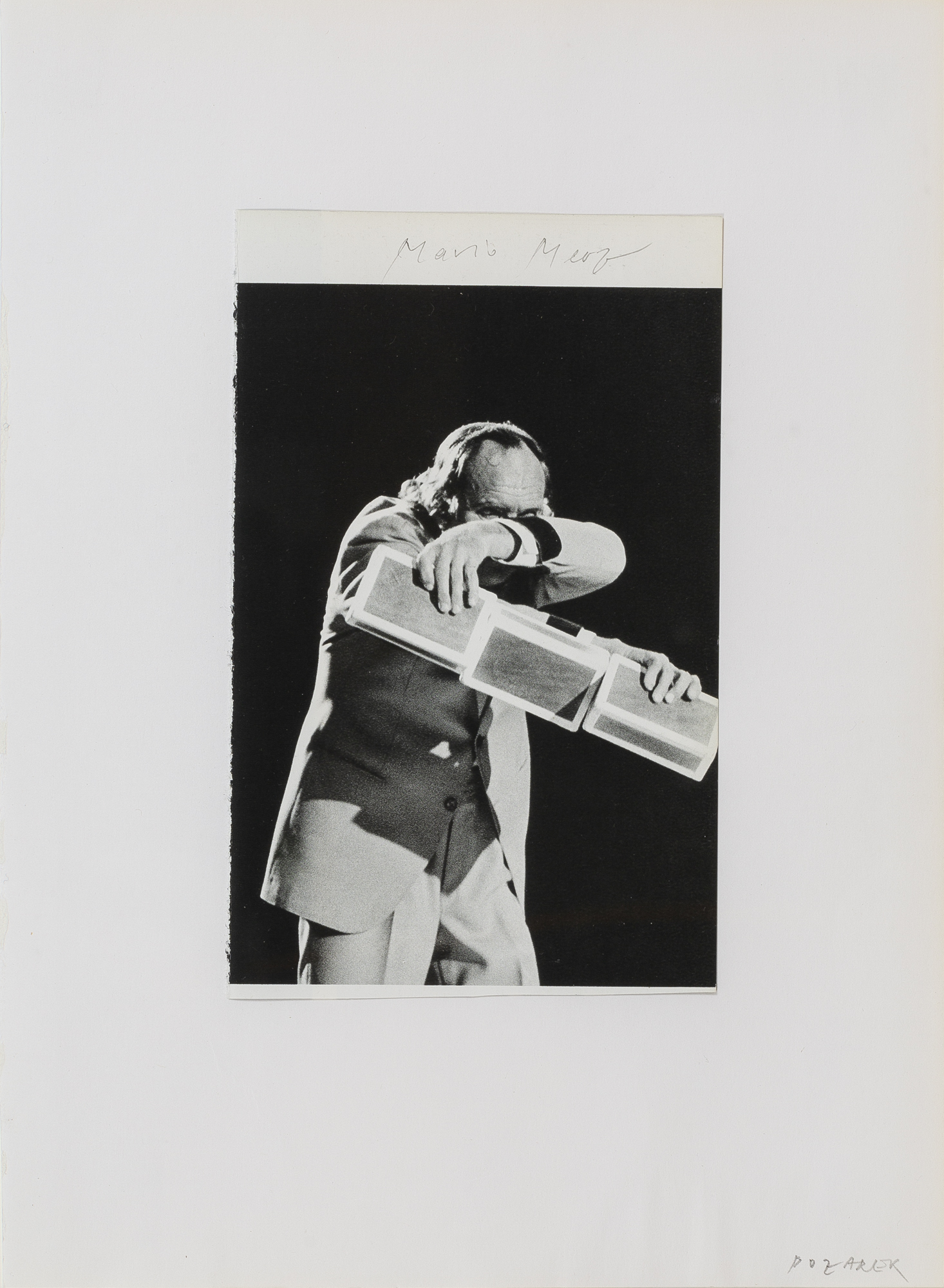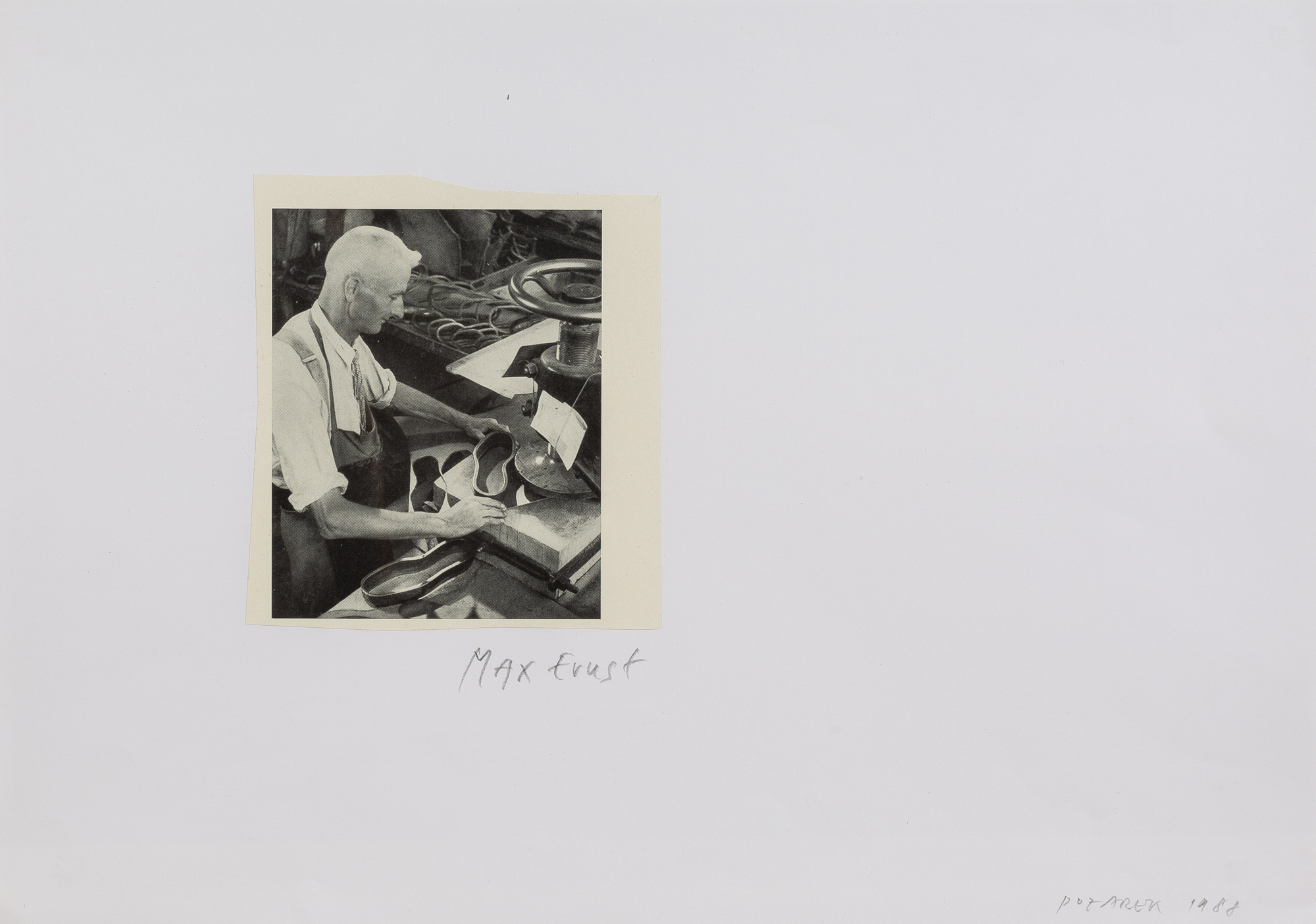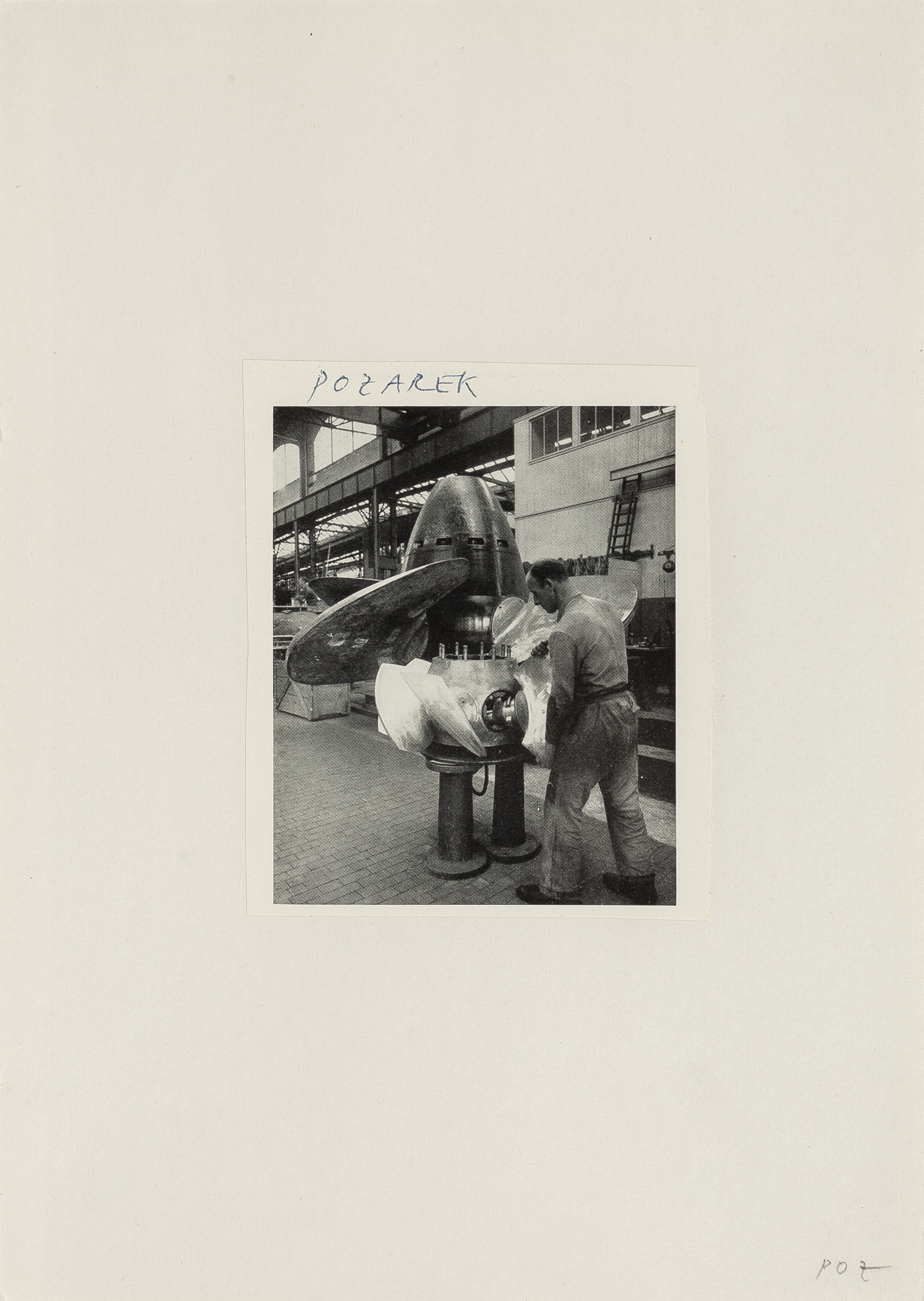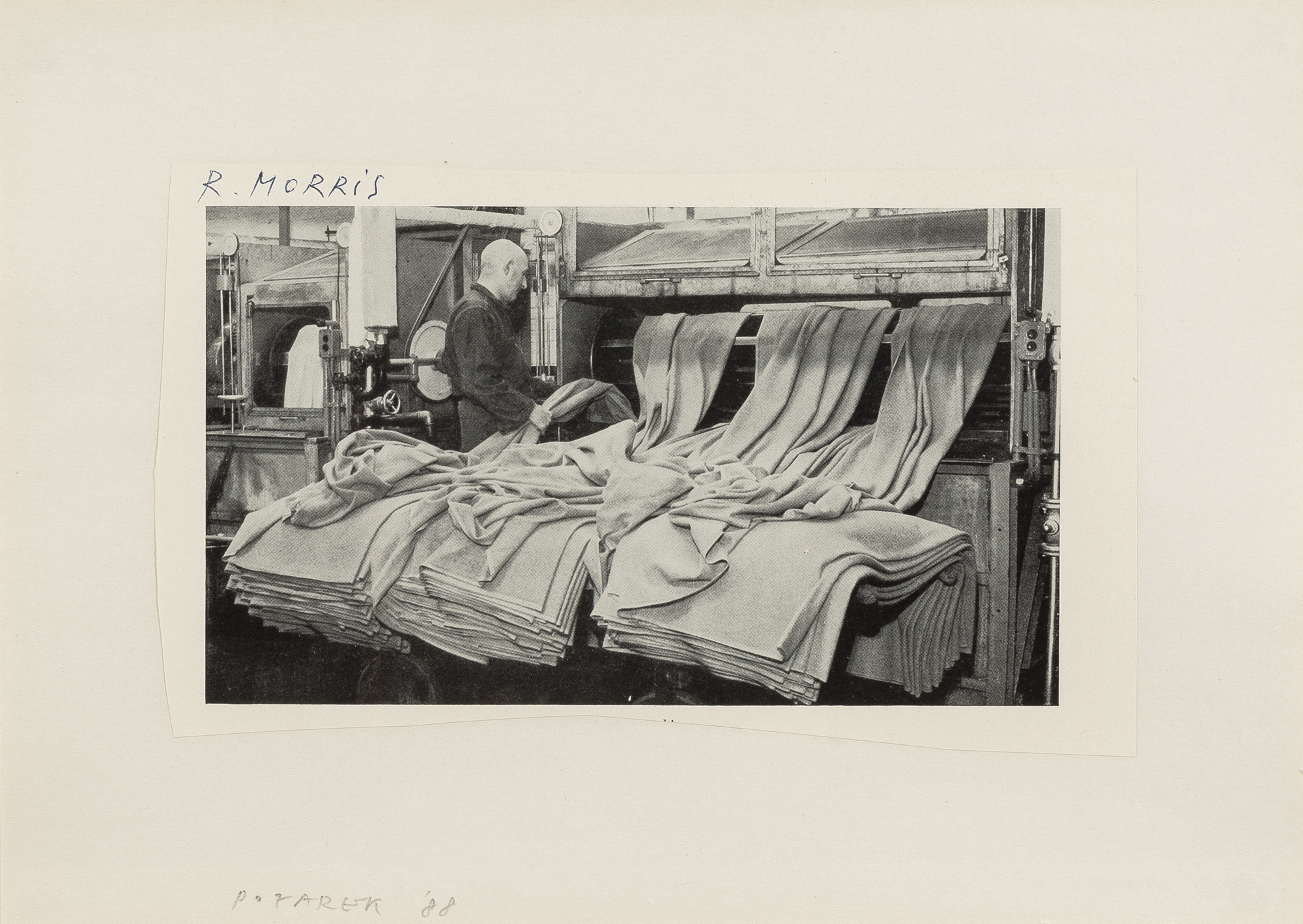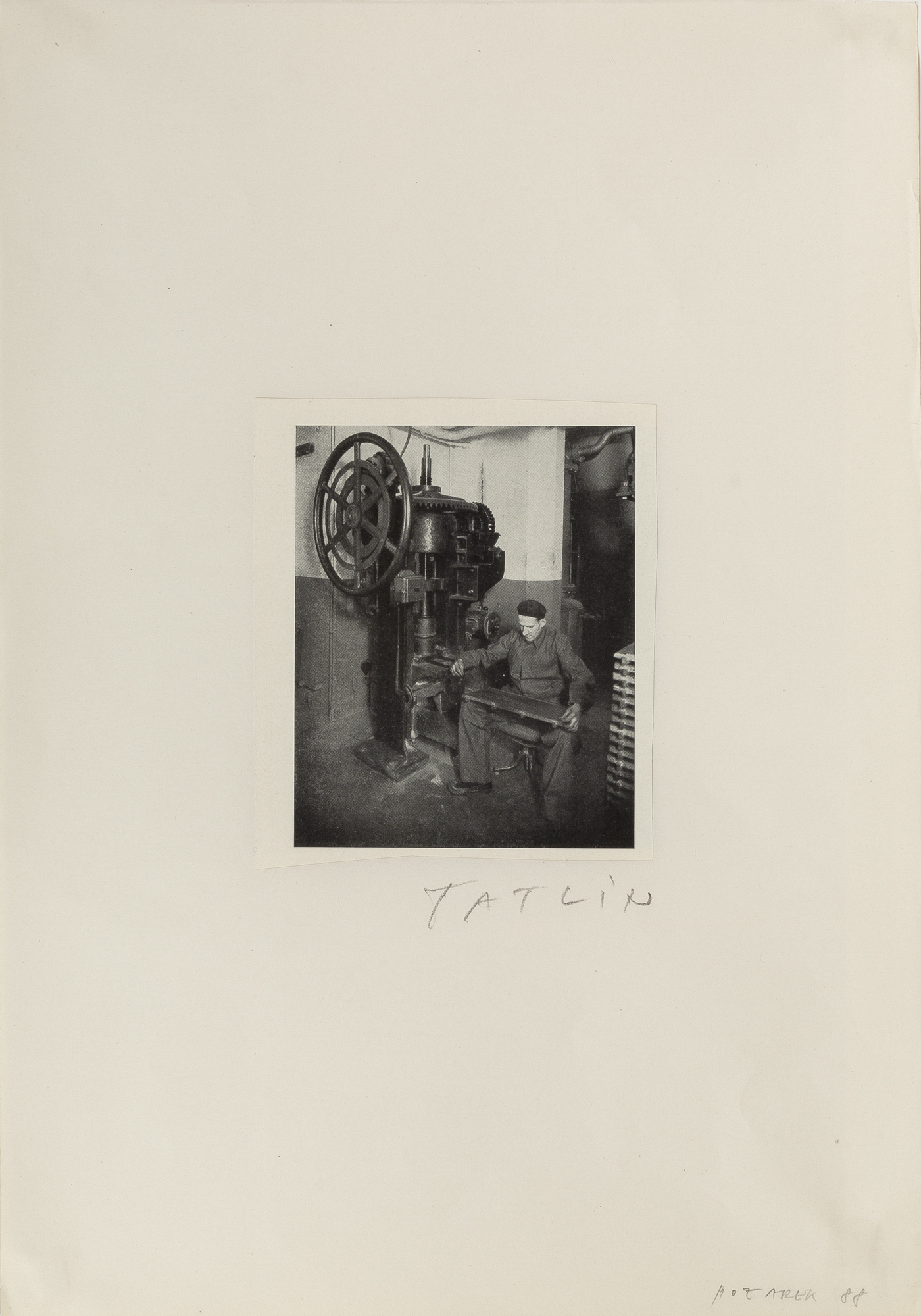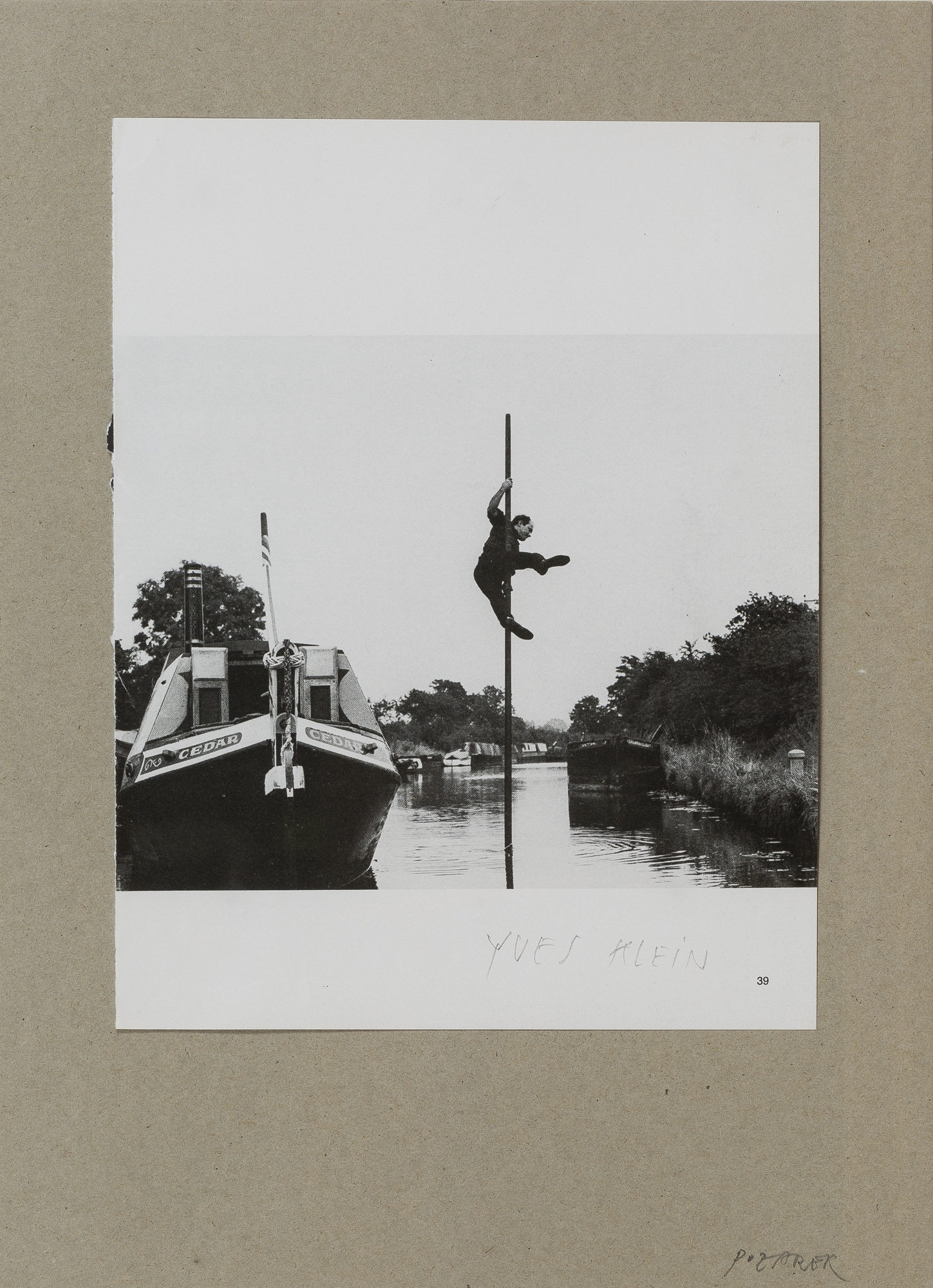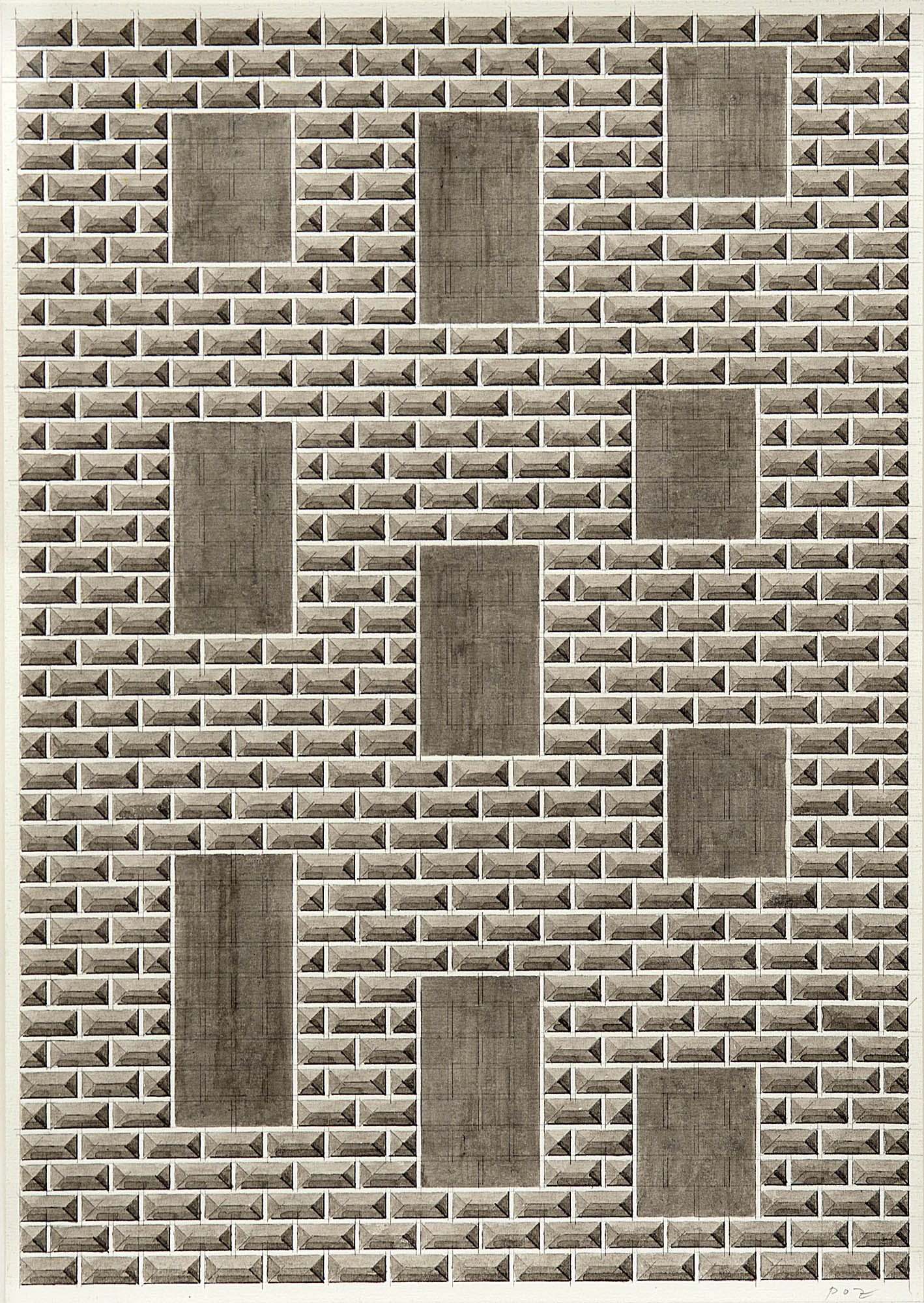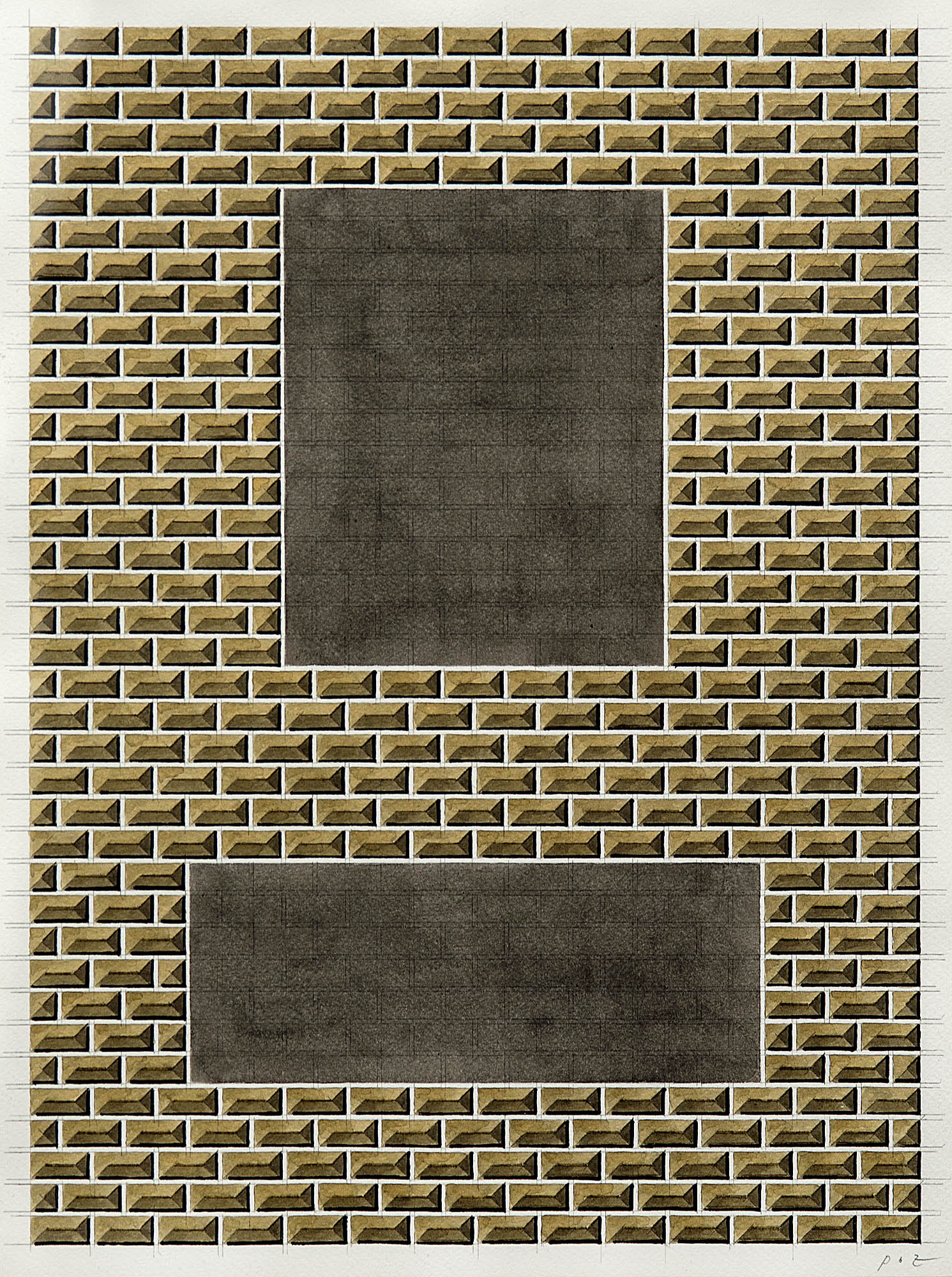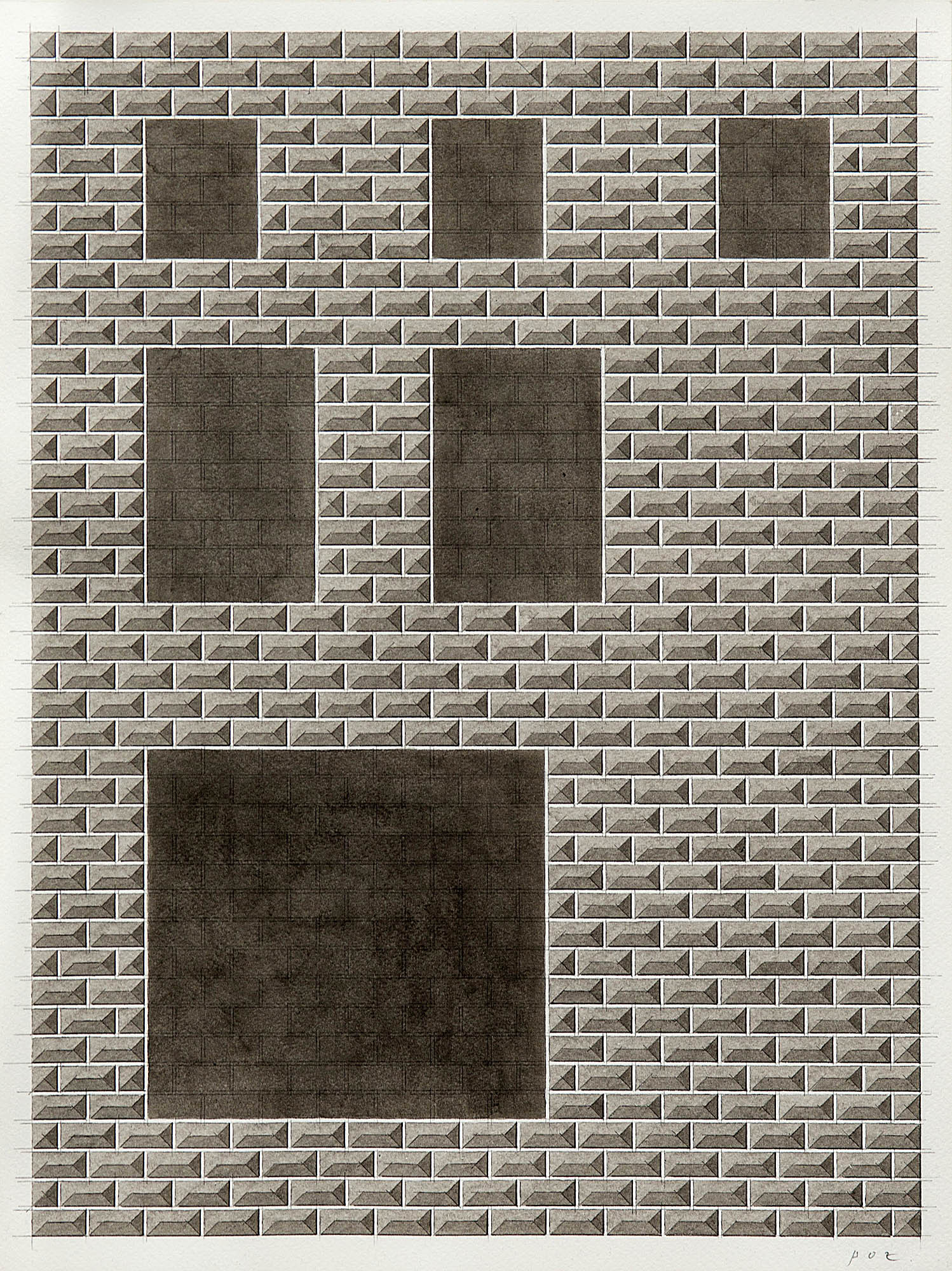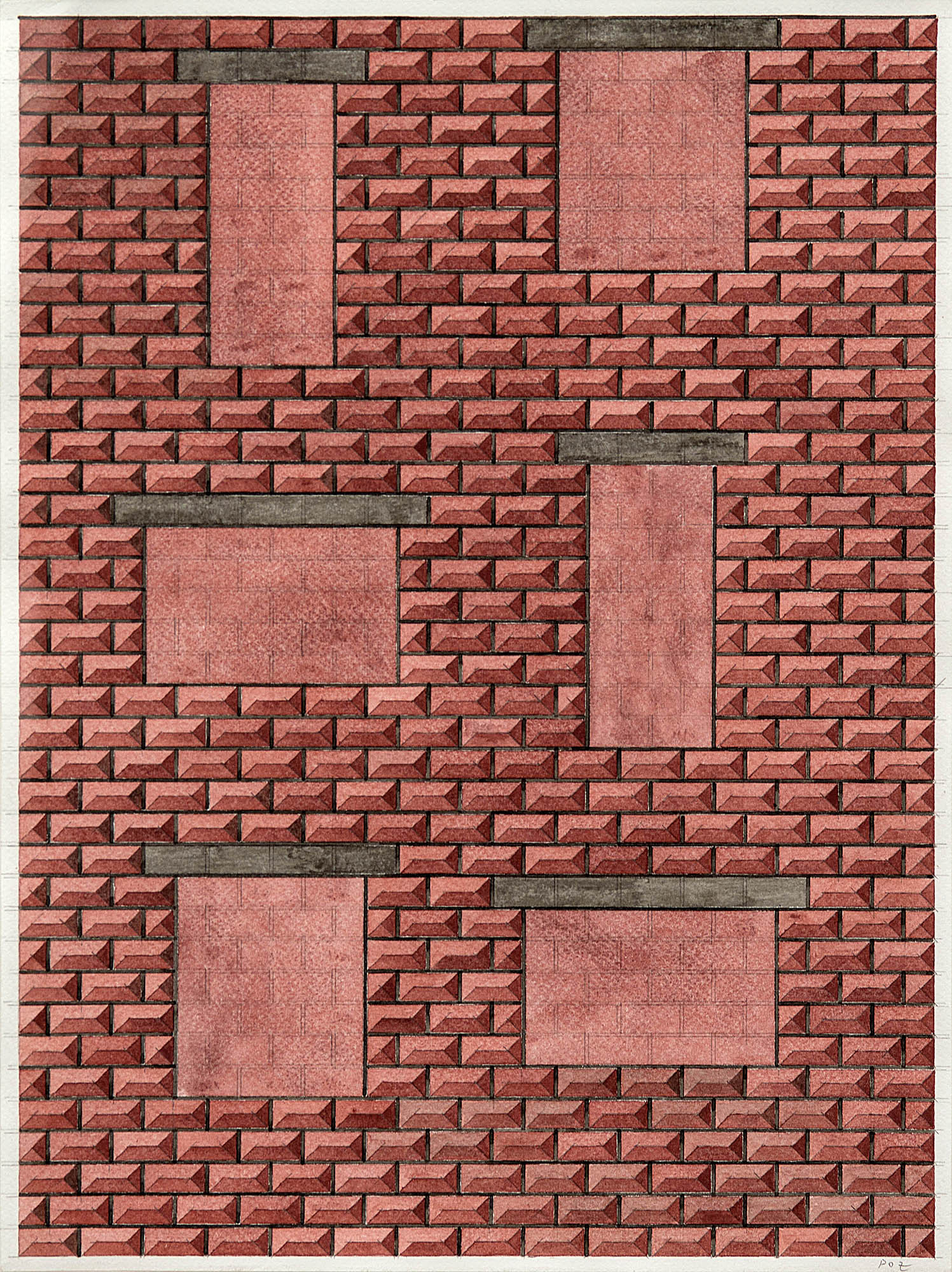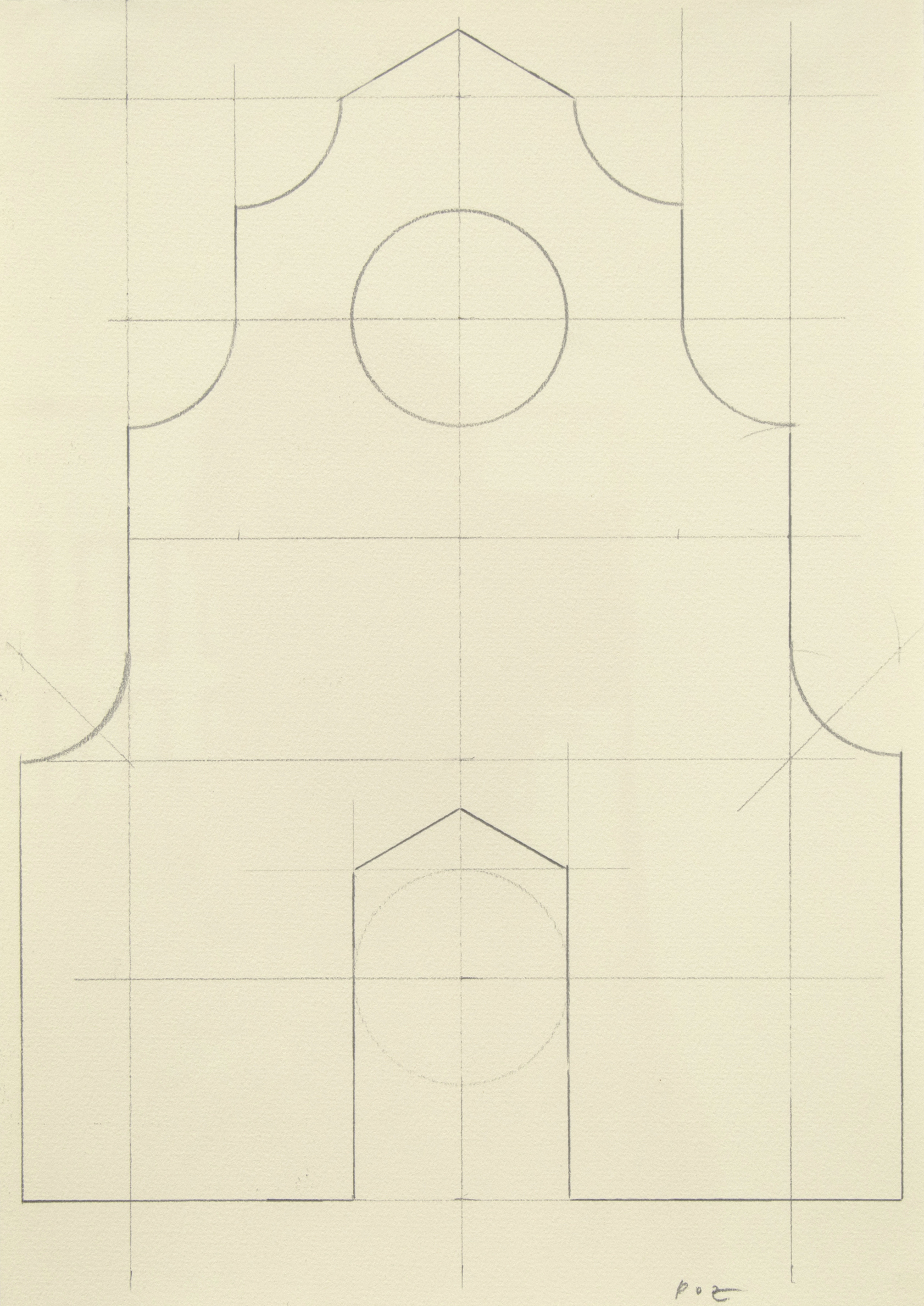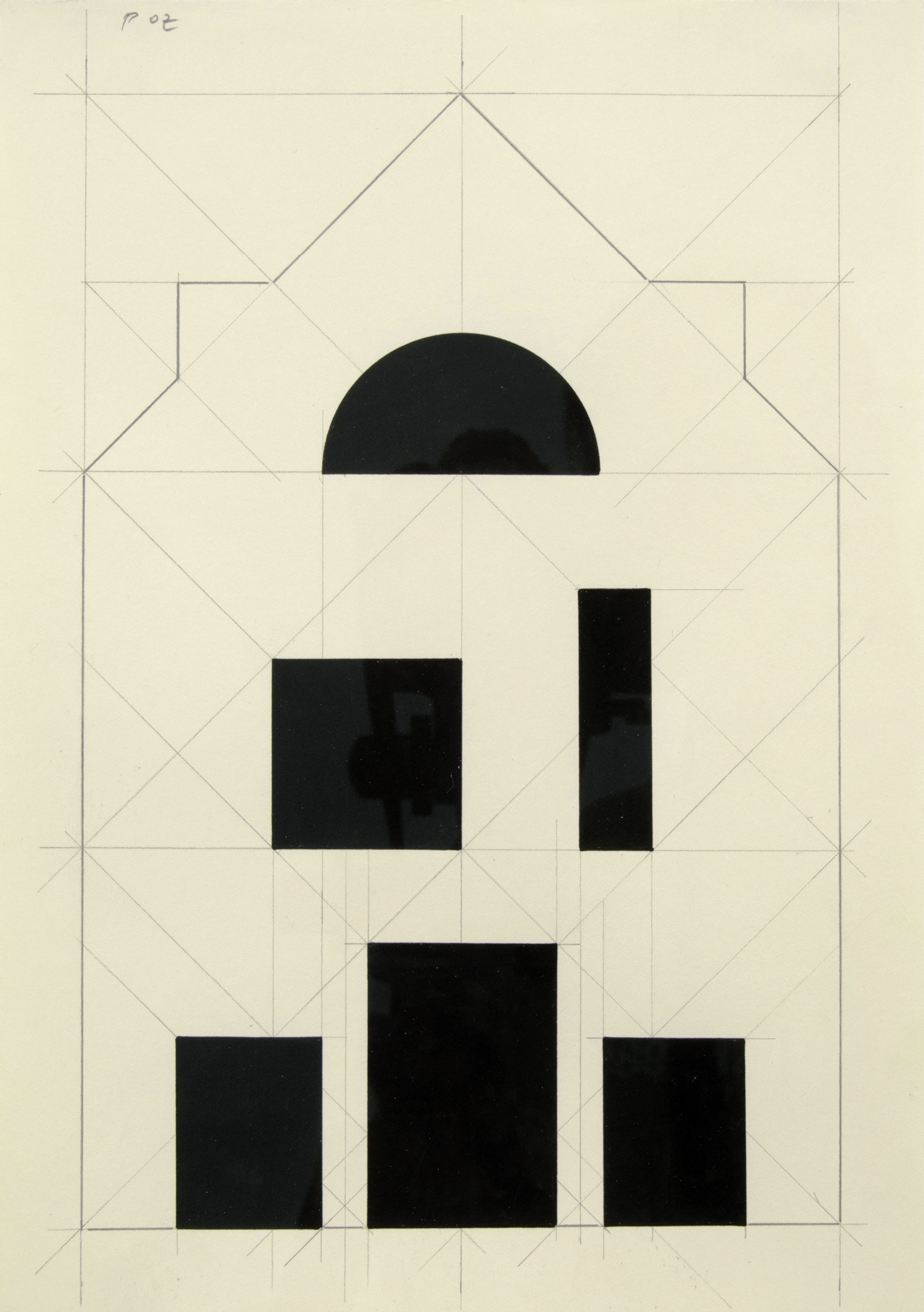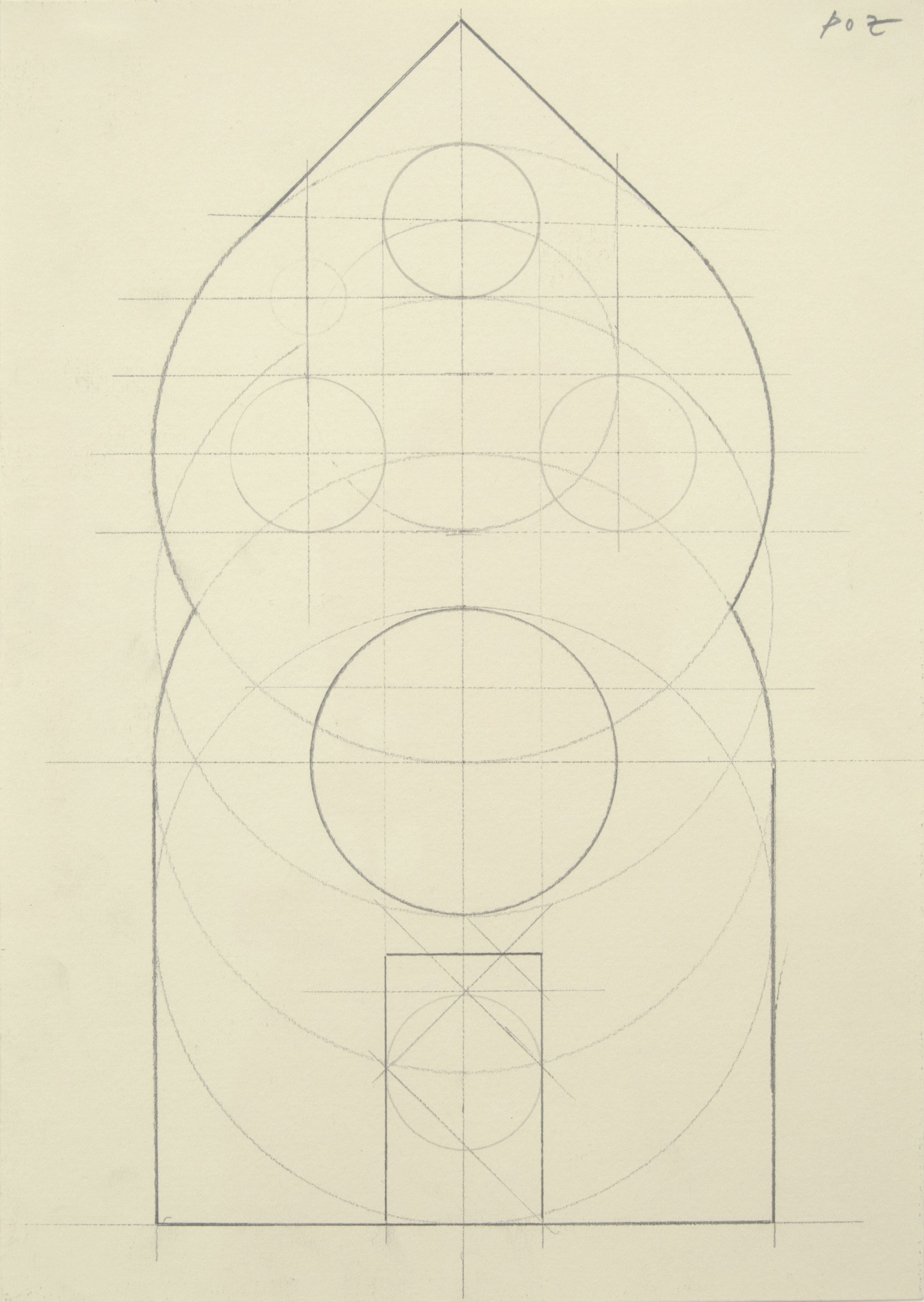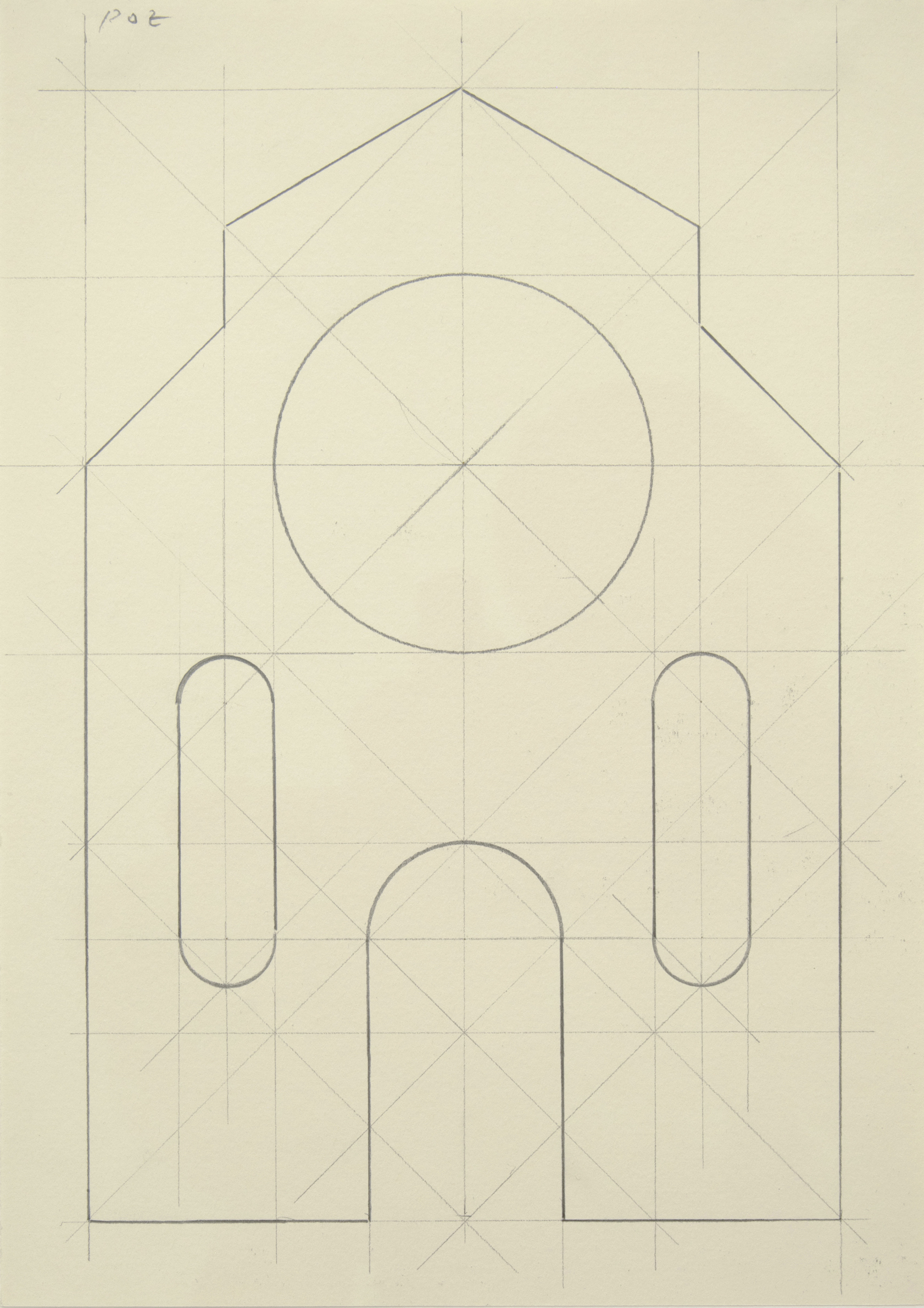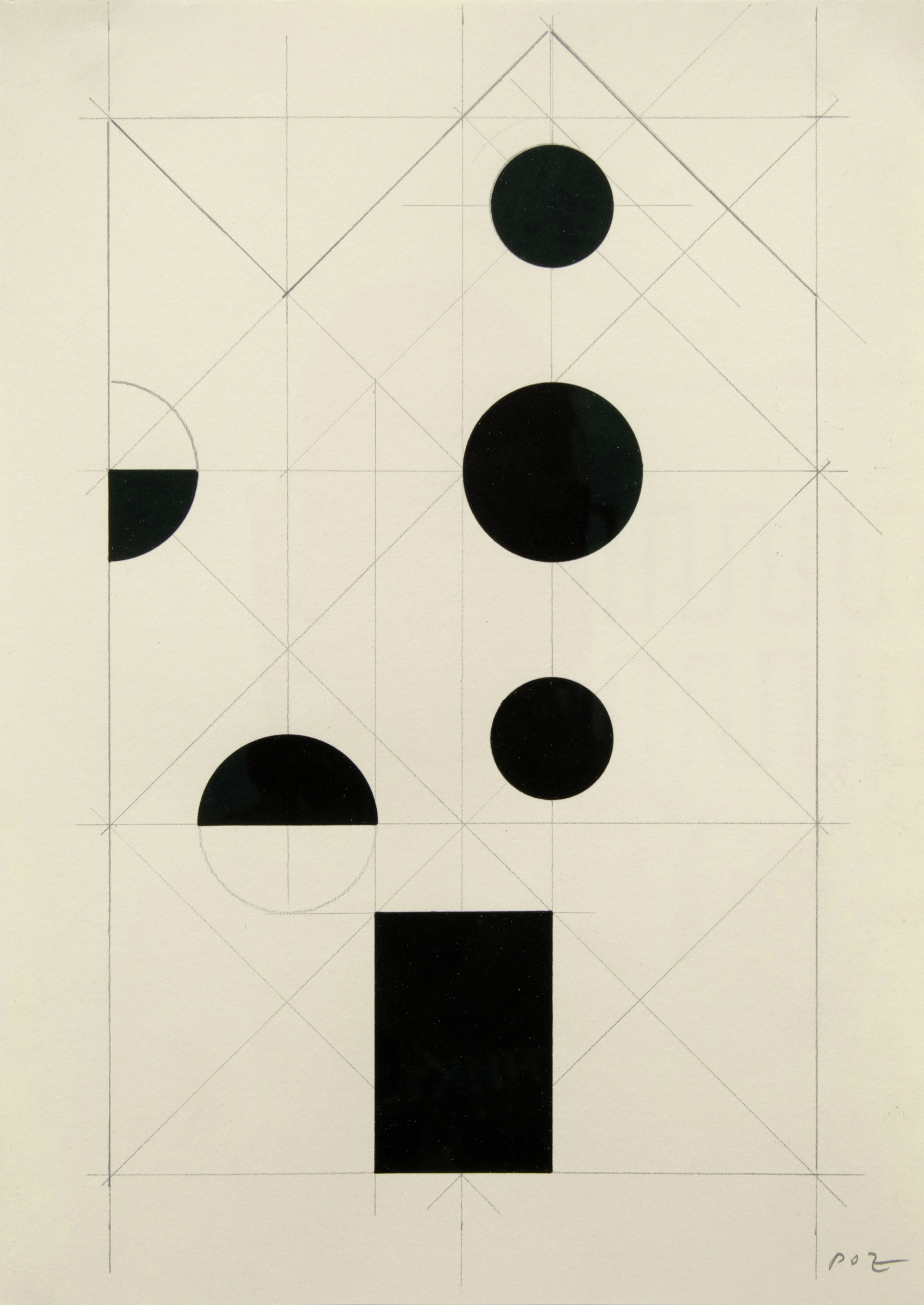Begun in the 1970s, Vaclav Pozarek’s body of work displays extreme versatility, both conceptually and in terms of the mediums used. Despite an apparent preference for sculpture and drawing, Pozarek also creates installations, photographs and films. He seems to focus his attention on a unique synthesis of the principles of constructivism, concrete art and minimalism, always pushing their boundaries a bit further, with rigor and light-heartedness.
After spending several years working first as a toolmaker and then as a typographer and designer of books and posters, in 1965 Pozarek continued his career with film studies in Prague. In order to avoid subjecting his creativity to the directives of socialist realism, he decided to leave his country and go to Hamburg, where he attended the University of Fine Arts (1969-1971). He then moved to London, where he enrolled at Saint Martin’s School of Art and worked in the studio of sculptor Anthony Caro until 1973. His arrival in Switzerland was marked by his interest in Zurich concrete art, and in the discipline demanded by this geometrically abstract, non-figurative painting.
In the 1980s, Vaclav Pozarek started explicitly focusing on the history of forms in architecture, creating drawings of famous New York and Chicago buildings. In the manner of Malevitch, El Lissitzky and Mondrian, Pozarek tended to base his work on formal construction principles and on different ways of conceiving space. The subsequent drawings of facades, which he began in 1992, display a unique plastic sensitivity, as well as a predilection for fictional compositions. Meticulously created in pencil or ink, his rectangular grids always occupy the whole surface and evoke classical architecture, with doors and windows. Yet it is nothing but a subtle play of forms on a two-dimensional plane, an empty/full, relief/flatness dialectic. Thus, Pozarek diverts and frees objects from their specific everyday function and from their cultural rooting, by pushing them towards abstraction.
His photographic collages also manifest humour and a penchant for modular sets. The nine works created between 1987 and 1988 function as clever winks at the history of art. By means of newspaper cuttings, Pozarek revisits the 20th century through its outstanding plastic gestures, particularly those of Man Ray, Yves Klein, Manzoni, Max Ernst, Tatline, Mario Merz, Judd and Robert Morris.
Vaclav Pozarek lives and works in Bern.
After spending several years working first as a toolmaker and then as a typographer and designer of books and posters, in 1965 Pozarek continued his career with film studies in Prague. In order to avoid subjecting his creativity to the directives of socialist realism, he decided to leave his country and go to Hamburg, where he attended the University of Fine Arts (1969-1971). He then moved to London, where he enrolled at Saint Martin’s School of Art and worked in the studio of sculptor Anthony Caro until 1973. His arrival in Switzerland was marked by his interest in Zurich concrete art, and in the discipline demanded by this geometrically abstract, non-figurative painting.
In the 1980s, Vaclav Pozarek started explicitly focusing on the history of forms in architecture, creating drawings of famous New York and Chicago buildings. In the manner of Malevitch, El Lissitzky and Mondrian, Pozarek tended to base his work on formal construction principles and on different ways of conceiving space. The subsequent drawings of facades, which he began in 1992, display a unique plastic sensitivity, as well as a predilection for fictional compositions. Meticulously created in pencil or ink, his rectangular grids always occupy the whole surface and evoke classical architecture, with doors and windows. Yet it is nothing but a subtle play of forms on a two-dimensional plane, an empty/full, relief/flatness dialectic. Thus, Pozarek diverts and frees objects from their specific everyday function and from their cultural rooting, by pushing them towards abstraction.
His photographic collages also manifest humour and a penchant for modular sets. The nine works created between 1987 and 1988 function as clever winks at the history of art. By means of newspaper cuttings, Pozarek revisits the 20th century through its outstanding plastic gestures, particularly those of Man Ray, Yves Klein, Manzoni, Max Ernst, Tatline, Mario Merz, Judd and Robert Morris.
Vaclav Pozarek lives and works in Bern.
